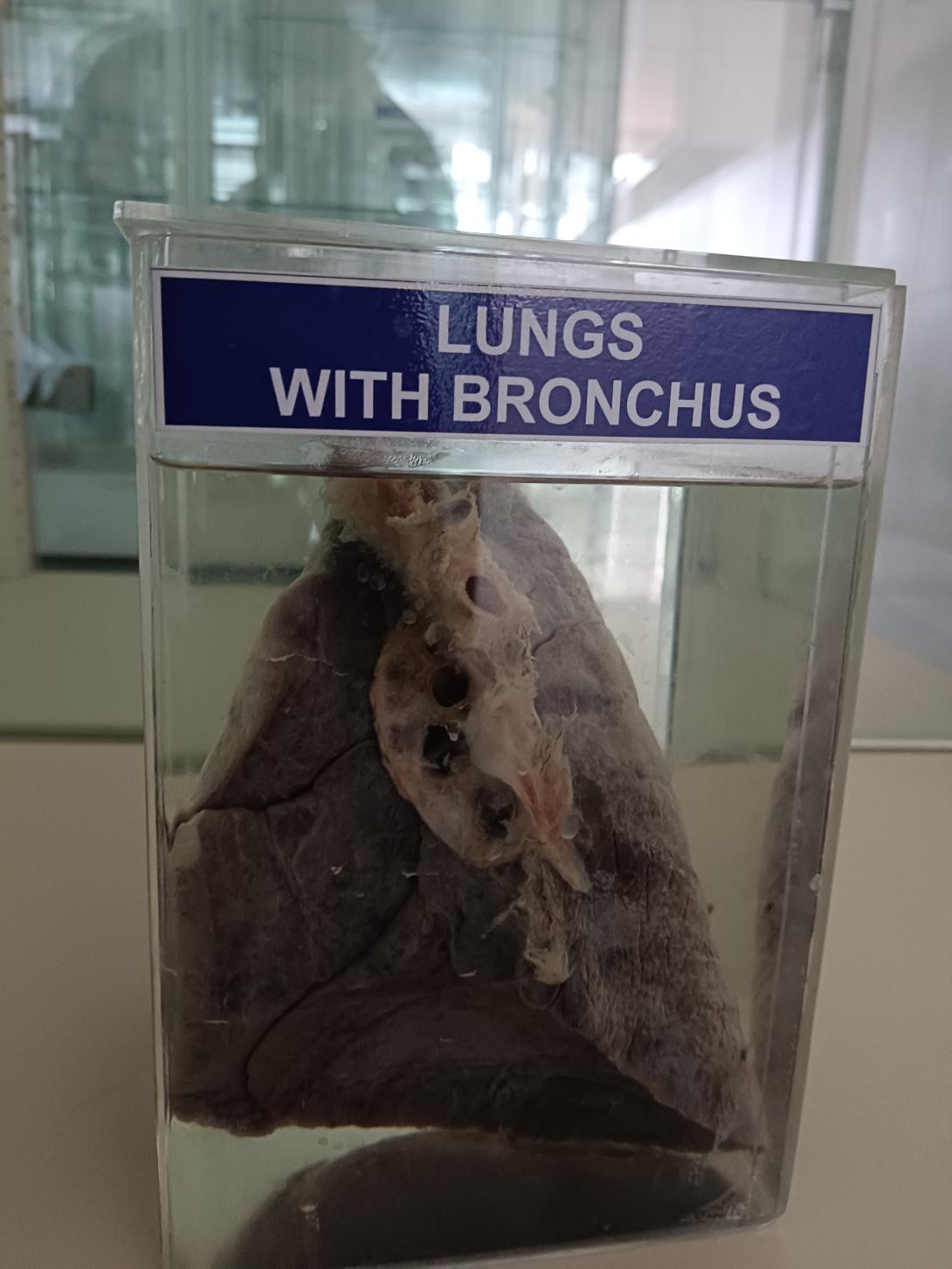The lungs are two large organs located within the chest cavity. They are responsible for exchanging oxygen and carbon dioxide between the body and the environment. Each lung is divided into several lobes, with the right lung having three lobes and the left lung having two lobes.
The bronchi are the large airways that lead from the trachea (windpipe) into the lungs. The right main bronchus is wider and shorter than the left main bronchus, as it needs to supply air to three lobes of the right lung. The bronchi divide into smaller branches called bronchioles, which continue to divide into even smaller structures called alveolar ducts and alveoli.
The alveoli are the site of gas exchange in the lungs. They are small, thin-walled sacs that are surrounded by capillaries. Oxygen from the air diffuses through the alveolar walls and into the capillaries, while carbon dioxide from the blood diffuses in the opposite direction and is expelled from the body through exhalation.
The lungs are also protected by a lining of mucous membranes and cilia, which help to filter out any foreign particles that may enter the respiratory system. The mucous membranes produce mucus to trap these particles, and the cilia move the mucus up and out of the lungs where it can be expelled through coughing or sneezing.

